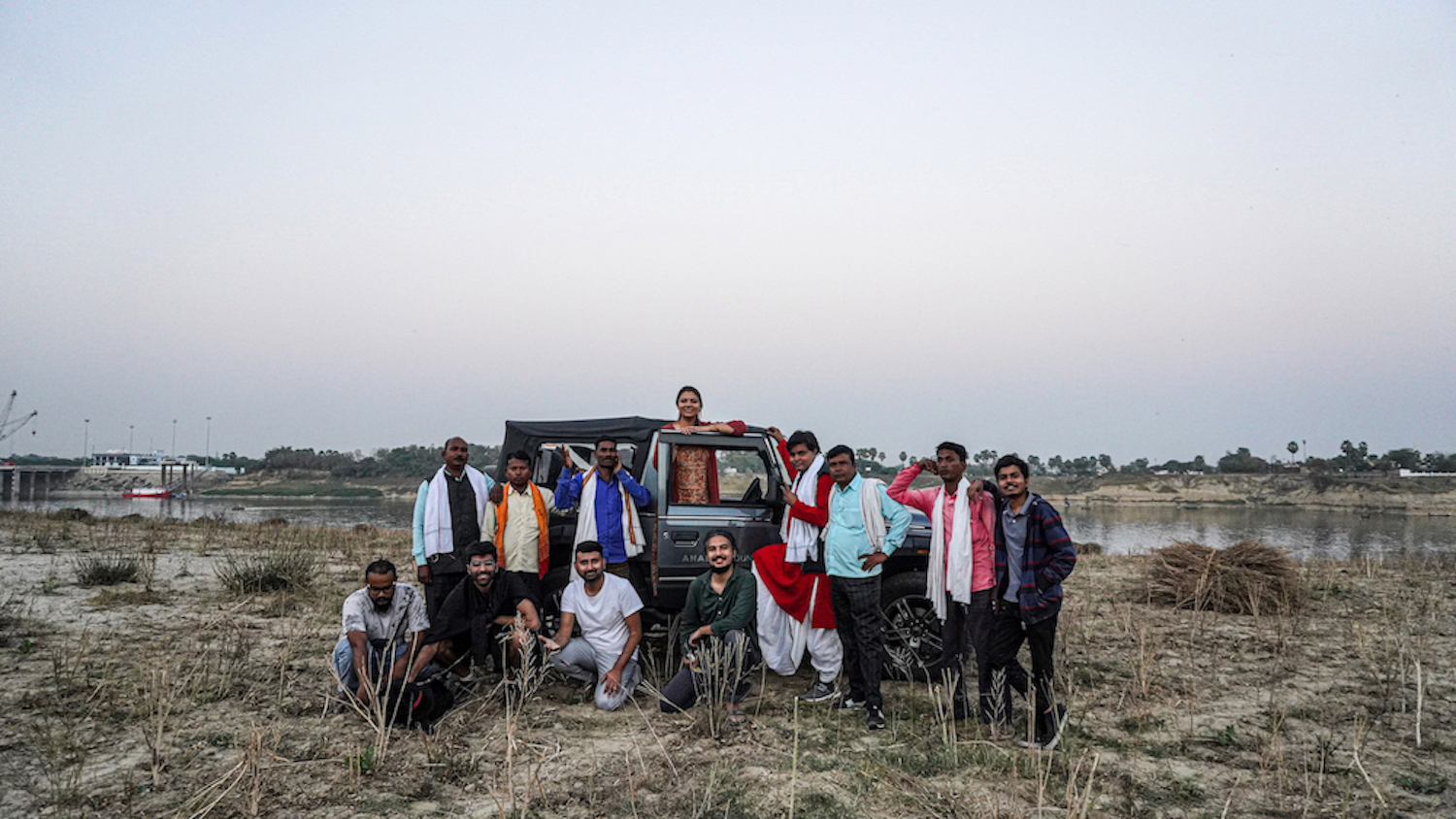
“A tantalizing display of guru – shishya parampara.”
Among one of the most ancient cities of the country, also known as Kashi, the city of Banaras is a treasure for going on a spiritual journey and experiencing the true colours of India. Many people visit this city every year in search of spiritual enlightenment. Some attend the major festivals in this historic city that represent its rawest form from an ancestral era.
Varanasi is also known as the cultural capital of the country. On the bank of Holy River Ganga lies the Ghats of Banaras, built to represent the cycle of life and death. The small streets contrast the serenity of the Ghats as they are the busiest streets one can experience. There is chaos as well as the hustle and bustle of traffic every day. Therefore, the people of Banaras always claim that life in Banaras never dies or fades out.
Within the chaos of this world is an ecosystem of highly talented individuals, especially when one is looking to find a folk musician. People in Banaras are devoted to the gods they worship and pray every day. It has helped the evolution of folk music forms in the region throughout history. Along with these forms came various artists, who have the tremendous musical ability with vocals and traditional instruments such as Harmonium, Khartaal, and Dholak.
Ashok Kumar, one such artist, is a brilliant musician who picked up folk music as his passion at an early stage of his life. Meeting his guru at the famous ‘Kumbh Mela’ was a defining experience for him as he took guidance to seek the path of becoming a folk musician. On the Gadwa Ghat in Banaras, we meet Ashok Kumar right by the riverbank of the Ganges. Along with a five-piece troupe of musicians, he came and began telling us about his experience in the field of folk music. His knowledge about the folk forms of Uttar Pradesh is commendable.
While returning from the riverbank, we were surrounded by the greenery just like the Ghats were. We observed that being so close to nature can inspire art to grow and develop a culture of enrichment and abundance. In his company were a few highly experienced instrumentalists who have made a mark in the folk music community of the region. A brilliant Dholak player only in his early thirties, Motilal, was a treat to watch as he had already gained about two decades of experience in folk music. He knew how to play the percussion instruments like Khartaal and Manjira.
Other members in the group were also quite versatile as musicians. A wondrous team member named Banarasi is a Jhaal player who possesses a tremendous ability to support the vocalists with his backing vocals. Another member named Fateh Bahadur was a highly experienced musician who handled the harmonium with undeniable finesse during their live performance of a folk form locally known as Chaita, which goes like –
“Kitna sukhad din ayile ho rama chait mahinwa,
(Lord Rama’s birth has made this day Chaita month auspicious)
Shri Ram li hain laye janamwa ho rama chait mahinwa”
(Lord Rama’s birth has made the Chaita month auspicious)
Along with Ramcharan Rajbhar’s side rhythm on Manjira and Avadesh Yadav’s ability on the Khartaal, the group displayed a brilliant set of performances right by the riverside. It was so natural that they could easily manipulate and improvise their songs and lyrics to entertain the audience even during their song introduction. The humility of these artists was such that when asked about his songwriting experience, Ashok Kumar chose to express gratitude towards his current guru, Dr Mannu Yadav saying that he would never put his name on a song written by him. He went on to add that the song belongs to his teacher; he would only give credit to his teacher for his creation.
It reflects on the principles of each folk artist in their community. They are raised in an environment where respect for their Gurus is basically innate. They also stick together with their group for all their performances and contribute to the community through organized social work. Besides their masterful musical pieces, a single interaction with these artists could be an opportunity to learn.
